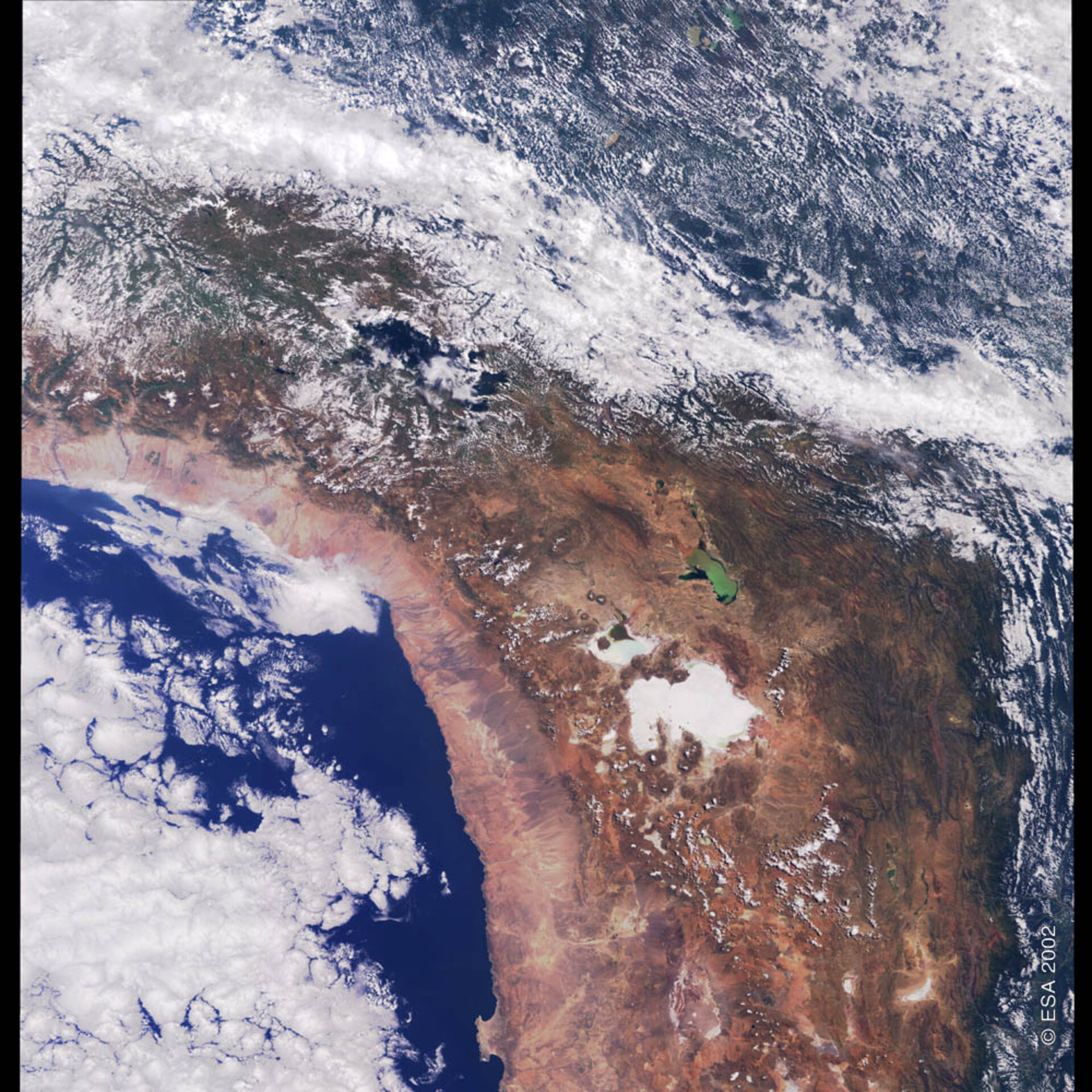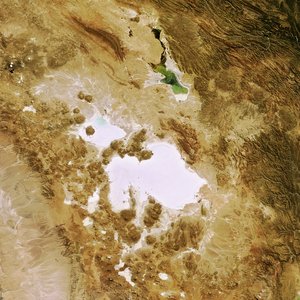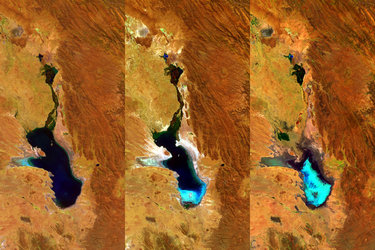Accept all cookies Accept only essential cookies See our Cookie Notice

About ESA
The European Space Agency (ESA) is Europe’s gateway to space. Its mission is to shape the development of Europe’s space capability and ensure that investment in space continues to deliver benefits to the citizens of Europe and the world.
Highlights
ESA - United space in Europe
This is ESA ESA facts Member States & Cooperating States Funding Director General Top management For Member State Delegations European vision European Space Policy ESA & EU Space Councils Responsibility & Sustainability Annual Report Calendar of meetings Corporate newsEstablishments & sites
ESA Headquarters ESA ESTEC ESA ESOC ESA ESRIN ESA EAC ESA ESAC Europe's Spaceport ESA ESEC ESA ECSAT Brussels Office Washington OfficeWorking with ESA
Business with ESA ESA Commercialisation Gateway Law at ESA Careers Cyber resilience at ESA IT at ESA Newsroom Partnerships Merchandising Licence Education Open Space Innovation Platform Integrity and Reporting Administrative Tribunal Health and SafetyMore about ESA
History ESA Historical Archives Exhibitions Publications Art & Culture ESA Merchandise Kids Diversity ESA Brand Centre ESA ChampionsLatest
Space in Member States
Find out more about space activities in our 23 Member States, and understand how ESA works together with their national agencies, institutions and organisations.
Science & Exploration
Exploring our Solar System and unlocking the secrets of the Universe
Go to topicAstronauts
Missions
Juice Euclid Webb Solar Orbiter BepiColombo Gaia ExoMars Cheops Exoplanet missions More missionsActivities
International Space Station Orion service module Gateway Concordia Caves & Pangaea BenefitsLatest
Space Safety
Protecting life and infrastructure on Earth and in orbit
Go to topicAsteroids
Asteroids and Planetary Defence Asteroid danger explained Flyeye telescope: asteroid detection Hera mission: asteroid deflection Near-Earth Object Coordination CentreSpace junk
About space debris Space debris by the numbers Space Environment Report In space refuelling, refurbishing and removingSafety from space
Clean Space ecodesign Zero Debris Technologies Space for Earth Supporting Sustainable DevelopmentLatest
Applications
Using space to benefit citizens and meet future challenges on Earth
Go to topicObserving the Earth
Observing the Earth Future EO Copernicus Meteorology Space for our climate Satellite missionsCommercialisation
ESA Commercialisation Gateway Open Space Innovation Platform Business Incubation ESA Space SolutionsLatest
Enabling & Support
Making space accessible and developing the technologies for the future
Go to topicBuilding missions
Space Engineering and Technology Test centre Laboratories Concurrent Design Facility Preparing for the future Shaping the Future Discovery and Preparation Advanced Concepts TeamSpace transportation
Space Transportation Ariane Vega Space Rider Future space transportation Boost! Europe's Spaceport Launches from Europe's Spaceport from 2012Latest

Bolivia and Chile - MERIS - 23 April 2002
Thank you for liking
You have already liked this page, you can only like it once!
A large part of Bolivia is the so-called Altiplano, an 800-km long and 130-km wide region lying between the Cordillera Occidental and the Cordillera Oriental. In the northern part of the Altiplano, where the bulk of the population and industry of Bolivia is found, is Lake Titicaca, the highest large, navigable lake in the world. Located at an altitude of 3804 m with a depth exceeding 300 m, the lake separates Bolivia from Peru. The southern part of the Altiplano plateau is arid with saline soils.
Lake Poopo, the green lake, is 300 km southeast of Lake Titicaca and is one of many saline lakes on the region. This lake was dramatically polluted in February 2000 by an accidental 39 000-barrel oil spill. Its green colour is due to its shallow waters.
Chile starts approximately at Lake Poopo’s latitude and extends as a narrow 200-km wide strip of land southwards, along the Pacific Ocean. The northern part of Chile visible in the image is the Atacama Desert, the world’s driest, with parts where rain has never been recorded and the only precipitation is in the form of fog. The desert, a series of salt basins that cannot support any vegetation, is flanked on one side by Pacific coastal ranges and on the other by the snow-capped peaks of the Andes.
Technical Information:
Instrument: Medium Resolution Imaging Spectrometer (MERIS)
Date of Acquisition: 23 April 2002
Orbit number: 00322
Instrument features: Full resolution image (300-meter resolution)
-
CREDIT
ESA -
LICENCE
CC BY-SA 3.0 IGO or ESA Standard Licence
(content can be used under either licence)

Peru and Bolivia - MERIS - 26 April 2002

Quelccaya ice cap, Peru

Salty plain in Bolivia

Proba-V tracks Lake Poopó evaporation















 Germany
Germany
 Austria
Austria
 Belgium
Belgium
 Denmark
Denmark
 Spain
Spain
 Estonia
Estonia
 Finland
Finland
 France
France
 Greece
Greece
 Hungary
Hungary
 Ireland
Ireland
 Italy
Italy
 Luxembourg
Luxembourg
 Norway
Norway
 The Netherlands
The Netherlands
 Poland
Poland
 Portugal
Portugal
 Czechia
Czechia
 Romania
Romania
 United Kingdom
United Kingdom
 Slovenia
Slovenia
 Sweden
Sweden
 Switzerland
Switzerland
























